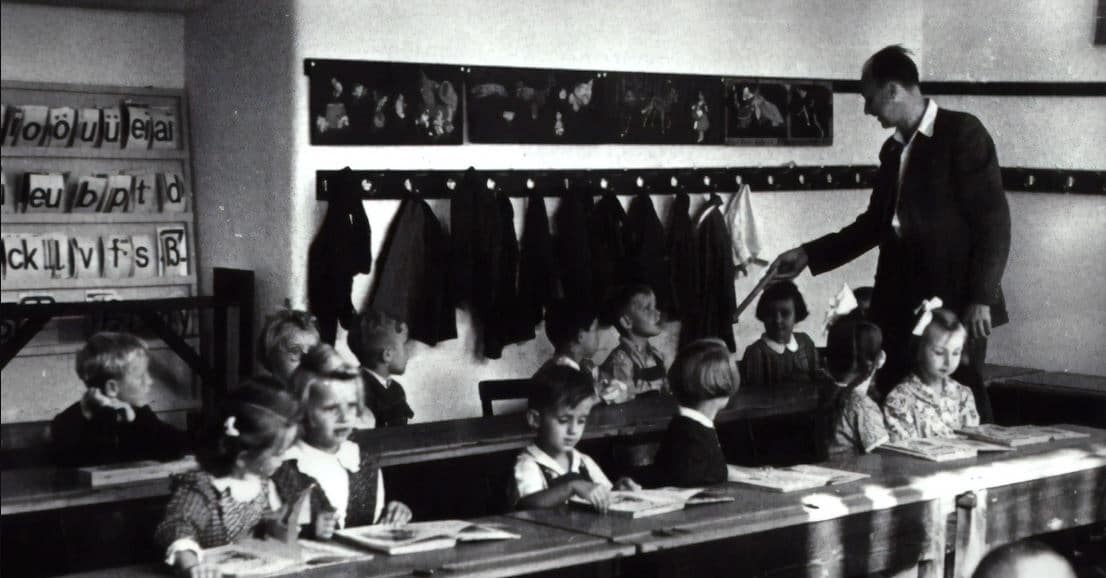Covid-19 has created an opportunity for students from elementary-age to graduate school to benefit from crowdsourcing and online classes. What does that mean for the future?
Education is a marketplace. Schools, colleges, and universities provide a physical interface between teachers and students, with course content and standards to achieve, which are set and maintained by off-site regulators. It sits in a traditional three-stage life of education, work, and retirement that has hardly changed in a hundred years. It now looks like Covid-19 has finally focused enough attention to haul education into the digital twenty-first century, with an opportunity to benefit from employing crowdsourcing techniques.
In the past few weeks, millions have experienced how online education reduces the need for physical travel. Universities are future-proofing some of their courses (and their incomes) against a threat of further waves of Covid-19 infections, and they will be totally available online. So where could or should students live? Will teaching staff all be fully trained in online techniques? Will universities charge the same fees, and will students be willing to pay them if they don’t have a social life to accompany their classes? Will students still want an unbroken three or four years of study?
Among the many hundreds going online, are insights released by Cambridge University. All lectures will be online for the entire 2020-21 academic year. However, tutorials, that are often one-to-one or one-to-two sessions, will remain face-to-face — if possible. Student fees will stay the same. Lecturers are expected to arrange their own training on online teaching techniques. Tutors have been asked to think about how tutorials “can be delivered remotely should some students not be able to return to residence halls, or if there is another phase of lockdown preventing students from leaving their colleges.”
At the same time, the global adult workforce is threatened with the greatest unemployment rate since The Great Depression that began in 1929. How many post-pandemic jobs will be available — and to whom — after employers review processes and restructure them to introduce greater use of robotics and artificial intelligence?
You can continue this article at Maize.io, where it was originally published.






0 Comments